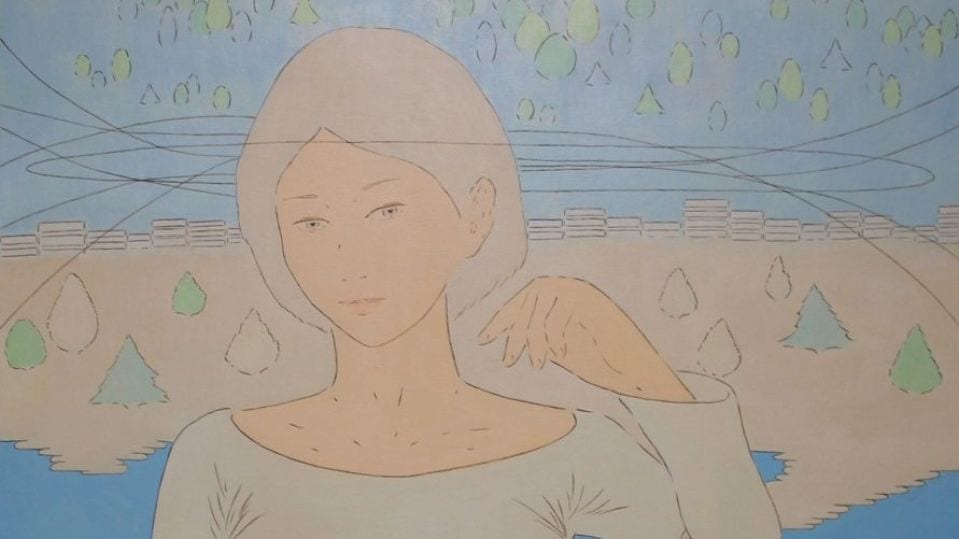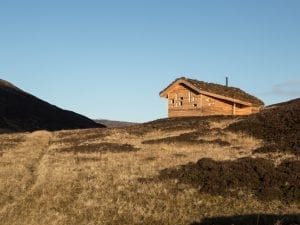Rather than as divisions or oppositions, Yusuke Sugiyama uses the concept of boundaries to explore the spaces in between; somewhere between abstraction and embodiment, reality and memory, the self and the other and multi-layered consciousness.
A: How do you believe “boundaries” should be understood, with regards to your practice?
YS: When I describe figures, one question always comes to the fore: “Who are these figures?” I don’t treat them as self-portraits, but they do exist somewhere between a real person and an imaginary world. As such, the figures are located at the middle point between myself and other people, acting as a memory and a gateway, drawing upon the world around us and sub-conscious recollections.
A: To what extent are your works influenced by personal history?
YS: The landscapes are based on my memories, be it a town, forest or mountain near where I live. When I drive, I am inundated with beautiful scenery, and I sometimes wish that it would be endless; I hope that my works translate this notion.
A: Is the study of figures a vehicle for self-reflection or an illustration of general societal observations?
YS: The people in my works create, as previously stated, the notion of boundaries, projecting self-reflection and an illustration of general societal observations.
A: How do your chosen materials enable you to express wider themes?
YS: Acrylic allows me to make thin layers of colour as well as wider, more expansive tonal blocks. I like to make multilayered images, so thin layers which have a fast drying time are especially important to me.
A: How has your work developed over the last few years stylistically and conceptually?
YS: When I realised that my works were about the relationship between figures and the surrounding landscape, I tried to treat each composition as a multilayered consciousness. I focus on several aspects, and spectators have often found specific messages in the works as a result of this consideration.
A: Do you value the preparatory stages of your process to be as much of a method of creation as the painting itself?
YS: Yes, the preparatory stages are very important to me, they shaping of the canvas in some ways already contributes to the image that is coming together.
A: Why do you believe dreams and reality are interesting concepts to explore?
YS: Because if my works can be precise descriptions of dreams, memory and reality come to the fore. My works are structured upon the desire to rid the viewer of simple superficial readings.
A: What are your plans for forthcoming year?
YS: The most important thing for me is to make as many multilayered works as possible. I hope that my drawings and paintings offer viewers some sense of joy, peace and energy.
Credits:
1. Blue Garden, 2016. Acrylic on canvas, 105cm x 91cm.





